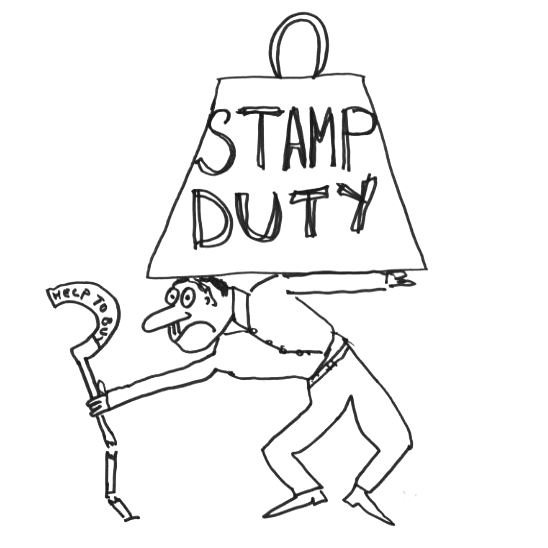Stamp duty cut under £500k

Stamp duty cut under £500k
This summer the Chancellor announced a change to Stamp Duty that could make buying new properties simpler and less expensive. This comes in response to the issues that the market has suffered as a result of COVID-19. This year the housing market in the UK experienced its first annual fall in 12 years - according to the Nationwide index prices were down 0.1% in June. Property transactions had fallen by 50% in May according to the government. As a result, a change to the Stamp Duty threshold was announced soon after with the intention of injecting some life back into the market. So, what does this mean for buyers in the UK?
Stamp Duty - before the cut
Prior to the introduction of the Stamp Duty cut the tax was paid on any property worth more than £125,000. It applied at 2% on the purchase price between £125,000 and £500,000 and then 5% up to £925,000. First time buyers also paid no Stamp Duty on homes worth under £500,000 in London and £300,000 in the rest of the UK. Stamp Duty can add significantly to the cost of any property and had been identified by the government as one of the factors stopping the market from picking up pace once again. That's why in July this year the Chancellor Rishi Sunak announced that Stamp Duty would be cut. He estimated that it would benefit 90% of homebuyers in England and Wales and that the reduction could mean a saving of £4,500 on the average purchase.
The Stamp Duty cut
As a result of the new policy on Stamp Duty there will be none to pay on all purchases up to the value of £500,000. This Stamp Duty 'holiday' is set to last until 31st March 2021. It is hoped that the cut will make house buying more attractive and help to increase demand. New homes also may require decorators, new furniture etc, which could help to stimulate other parts of the economy.
How does this affect buy to let?
Anyone purchasing a second home or a buy to let property - even through a limited company - will also benefit from this Stamp Duty cut. The pre-existing surcharges will still need to be paid so, for example, the purchaser of a buy to let property worth less than £500,000 will pay the 3% surcharge but not the additional 2% Stamp Duty that would have previously brought the percentage to pay to 5%.
The government's Stamp Duty cut will make it less expensive to buy property in the UK, whether to live in or to rent out. The hope is that this brings more buoyancy to the property market than it has seen in recent years.




